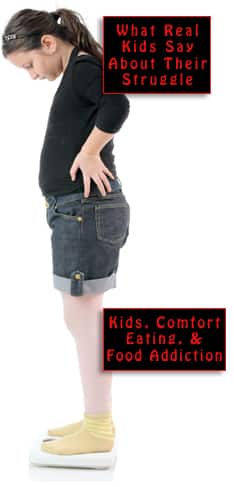
Along with the internet came the ability of anyone to invent or define a word, and pretty much make it stick. In order to see what the original behavioralists were talking about, we go back in time to 1900, when Charles R. Richet wrote,
The living system is stable… [I]t must be in order not to be destroyed, dissolved or disintegrated by colossal forces, often adverse, which surround it. By an apparent contradiction, it maintains its stability only if it is excitable and capable of modifying itself according to external stimuli and adjusting its response to the stimulation. In a sense, it is stable because it is modifiable — the slight instability is the necessary condition for the true stability of the organism.
To express this concept of an organism in constant interaction with a world in which change might be the only constant, Walter Cannon coined the word homeostasis. The root words were Greek for “similar” and “standing still,” and what he meant was not staying the same, but staying similar. Since then, some have misread homeostasis to mean unchanging or even stagnant, but no. It describes the self-regulating processes a biological system uses to maintain stability, adjusting all the while to changing environmental conditions.
A balancing act
In a very recent and extremely thorough exploration of the basic concept of homeostasis, George E. Billman (of Ohio State University’s Department of Physiology and Cell Biology) says it is “the complex interaction of multiple feedback systems that can be modified by higher control centers,” and that homeostasis has become…
[…] the central unifying concept of physiology and is defined as a self-regulating process by which an organism can maintain internal stability while adjusting to changing external conditions.
He goes into more detail and reaffirms Cannon’s thoughts:
[…] This hierarchical control and feedback redundancy results in a finer level of control and a greater flexibility that enables the organism to adapt to changing environmental conditions.
[…] Homeostasis is not static and unvarying; it is a dynamic process that can change internal conditions as required to survive external challenges.
So, we are talking about two things: internal stability within a range of values (like the vital signs of temperature, pulse rate and blood pressure being “within normal limits”) and the self-regulatory goal-seeking behavior known as the “coordinated dynamic response that maintains this internal stability.” Billman expresses the wish to see greater emphasis placed on traditional integrated, holistic approaches to healing, and closer adherence to the ideas of those who “gave birth to physiology as an intellectual discipline.” He writes,
The disruption of homeostatic mechanisms is what leads to disease, and effective therapy must be directed toward re-establishing these homeostatic conditions, working with rather than against nature.
Everybody, and literally every body, is out there trying to maintain balance while satisfying their drives and avoiding a terrible fall. The photo on this page, where two people are on a tightrope at the same time, is illustrative of society. Each person strives to maximize their own wins and minimize their own losses, while not allowing someone else’s mistakes to throw them off the wire.
Your responses and feedback are welcome!
Source: “Homeostasis: The Underappreciated and Far Too Often Ignored Central Organizing Principle of Physiology,” Frontiersin.org/articles, 03/10/20
Image by wht_wolf9653/CC BY-SA 2.0

 FAQs and Media Requests:
FAQs and Media Requests: 











